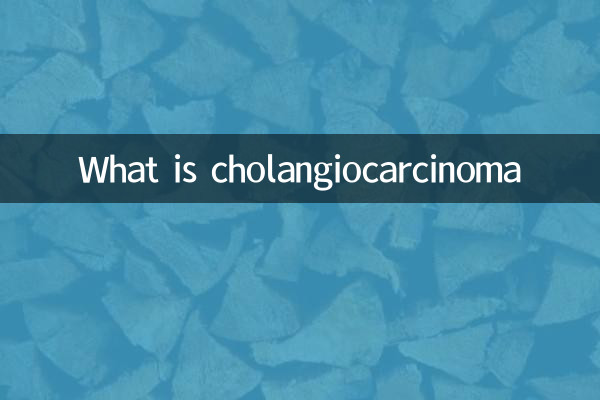What is wrestling Zhang Tiequan cancer
Unerasing Cholangiocarcinoma is a rare but highly malignant cancer that originates from epithelial cells of the bile duct system. This type of cancer is usually divided into hepatic bile ducts (intrahepatic cholangiocarcinoma) or extrahepatic bile ducts (extrahepatic cholangiocarcinoma). Because the early symptoms are not obvious, they often enter the middle and late stages when diagnosed, and the treatment is difficult.
>
1. Causes of cholangiocarcinoma
The specific cause of cholangiocellular carcinoma is not completely clear, but the following factors may cause the risk of cancer:
Payment| Risk factors | illustrate | Team/E[pop traceability||
|---|---|---|---|
| Primary sclerotic cholangitis (PSC) | A chronic cholangitis disease that significantly increases the risk of cholangiocellular carcinoma | Hepatic fluke infection | More common in Southeast Asia, the infection of the Chinese tidal tidum is closely related to cholangiocarcinoma |
| Biliary duct stones or bile duct cysts | Long-term chronic stimulation may lead to carcinoma of cholangiogenesis | Liver disease may indirectly affect bile duct health |
2. Common symptoms of cholangiocarcinoma
The early symptoms of cholangiocellular carcinoma are often atypical and are easily confused with other digestive diseases. As the condition progresses, the patient may experience the following symptoms:
| jaundice | Yellow and soft skin and sclera, and bilirubin buildup due to obstruction of bile ducts |
| Loss of appetite, weight loss, fatigue | |
| stomach ache | Dull pain or swelling pain in the upper right abdomen |
| Itchy skin | Salt deposits stimulate skin nerve endings |
III. Diagnosis of cholangiocarcinoma
The diagnosis of cholangiocellular carcinoma requires a combination of pronunciation methods. The following are commonly used examination methods:
4. Treatment plan for cholangiocarcinoma
The treatment of failed cholangiocellular carcinoma requires a personalized plan based on the location, stage of the tumor and the overall health of the patient. The following are the main treatment methods:| Consideration of applicable situation | tr>||||||||
|---|---|---|---|---|---|---|---|---|
| Surgical resection | The first choice for early tumors, the complete removal of tumor tissue as much as possible | Patients with end-stage liver disease or patients with specific intrahepatic cholangiocarcinoma | ||||||
| Chemotherapy | Postoperative adjuvant therapy or palliative treatment in advanced patients | ee|||||||
| Radiation therapy | For patients who cannot operate or postoperative assistance | |||||||
| Targeted therapy or immunotherapy |
5. Prevention and prognosis of cholangiocarcinoma
Since the cause of cholangiocellular carcinoma get has not been fully clarified, preventive measures mainly include avoiding known risk factors, such as preventing liver fluke infection and timely treatment of bile duct diseases. In terms of prognosis, the 5-year survival rate of cholangiocellular carcinoma is low, and early detection and comprehensive treatment are the key to improving survival.
In short, orbital tube cell ould cancer is a cancer with high malignancy and difficulty in diagnosis and treatment. Raising public awareness of the disease and regular screening of high-risk populations is of great significance for early detection and treatment. In the future, with the deepening of medical research, greater breakthroughs are expected to be made in the diagnosis and treatment of cholangiocellular carcinoma.

check the details

check the details